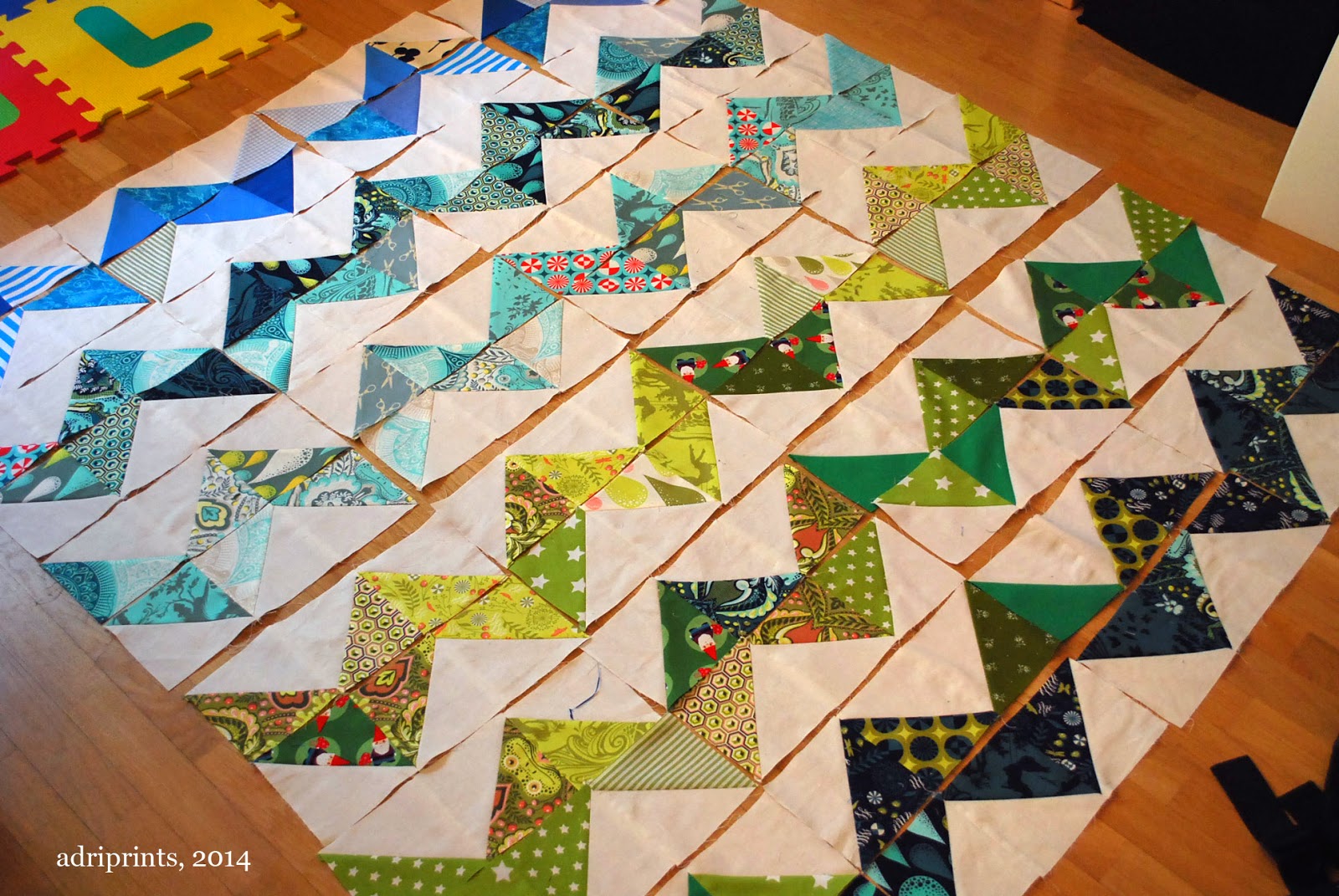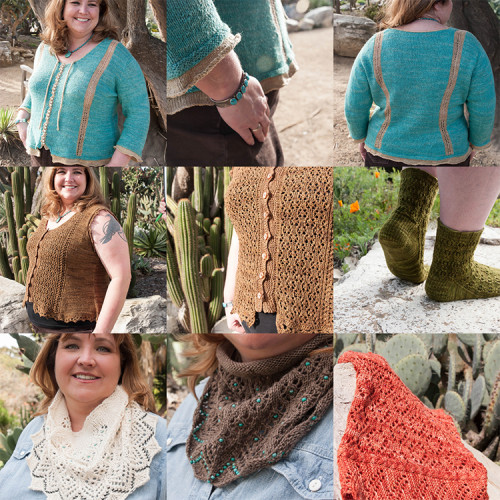It’s becoming tradition to re-post this on the first day of spring, and even though I’m far from home this year, we won’t disappoint.
Before I did this project myself, I did some research. I found a reputable source that recommended putting yarn scraps out for the birds (no less august an institution than The Cornell Lab of Ornithology has posted about this very thing.) I also talked to my local Audubon Society to get their approval.
Below is the original post, with a few changes I have made over the years as I learned more about nesting material and an update to reflect what 2014 spring will bring.
***
Today is one of my very favorite days of the year. Today we celebrate surviving another cold and gloomy winter, even though it doesn’t much look like spring at the moment:
(Thanks for the photo, Amy! I saw snowy Colorado this week instead.)
At the farm we are eagerly anticipating a new arrival of goslings and watching to see if ewes start to show fuller mid-sections, hinting at the lambs that are due over a month away. Spring is a magical time. A time of promise and new beginnings.
This year I won’t be able to do this project today, like I traditionally do, but I eagerly look forward to retuning home so I can. It’s crazy easy, so easy that you could do it with even the smallest of children, inexpensive and environmentally friendly to boot.
You will need:
A cheap bird suet feeder. I got this one at Tractor Supply for $1.99.
A couple of handfuls of yarn scraps, cut into 3-6 inch lengths. (I only knit with natural fibers, so that’s what my yarn scraps are made of. It might not be a good idea to use acrylic yarn scraps, as they may not remain warm when wet.)
Put the scraps in your suet feeder and voila! You’ve just provided nesting materials for all the birds in your area.
I’ve been doing this for years and I never fail to feel a thrill when I see a bright strand of yarn carefully woven into a bird’s nest. You can also fill your suet feeder with raw fleece, if you have any handy. In the past, our beloved Ernie’s fleece scraps have always been particularly popular with the birds.



































